Case Number : Case 2317 - 3 May 2019 Posted By: Dr. Richard Carr
Please read the clinical history and view the images by clicking on them before you proffer your diagnosis.
Submitted Date :
F5. Melanonychia. ?Melanoma. Nail plate and nail bed biopsy

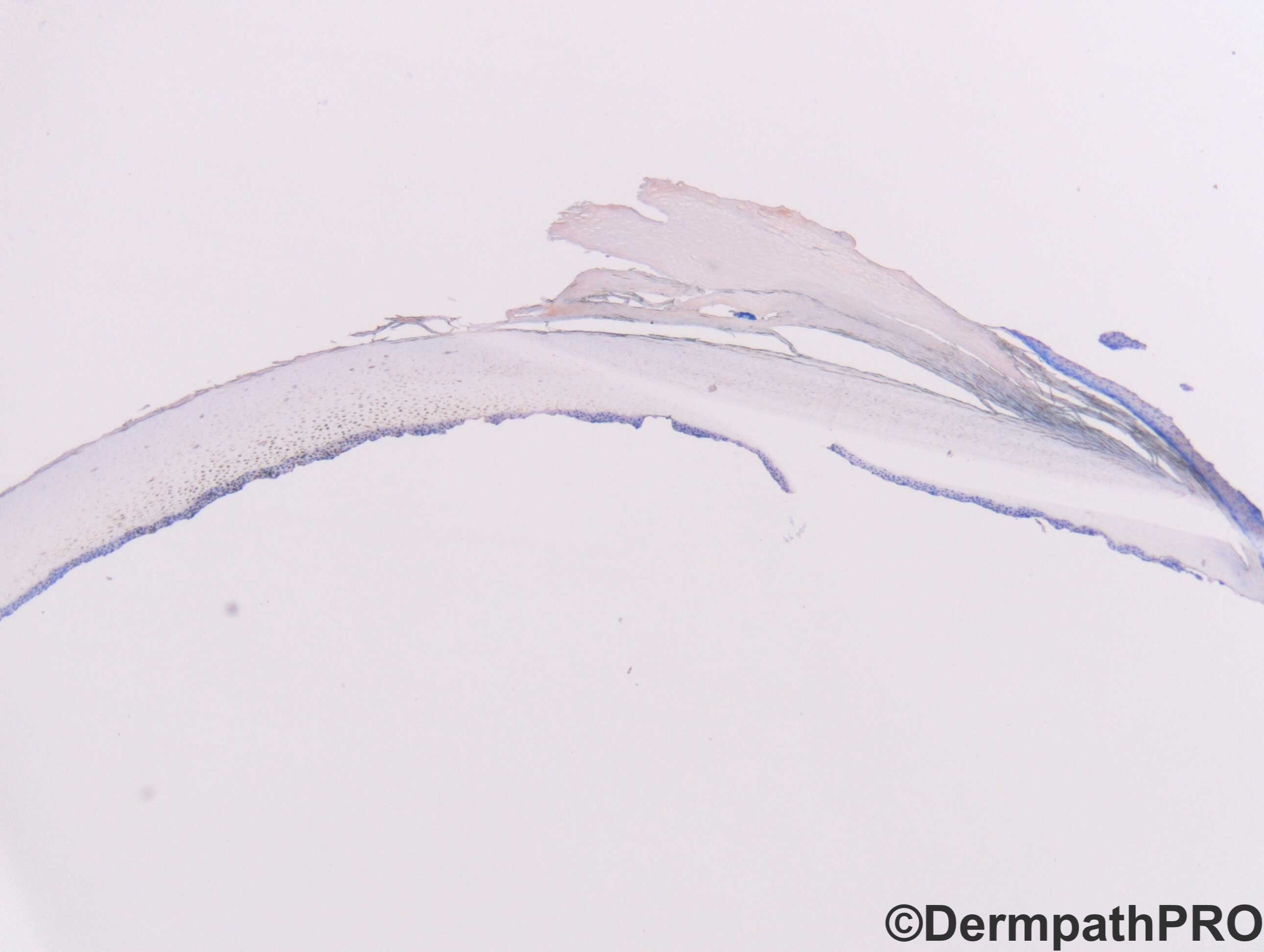
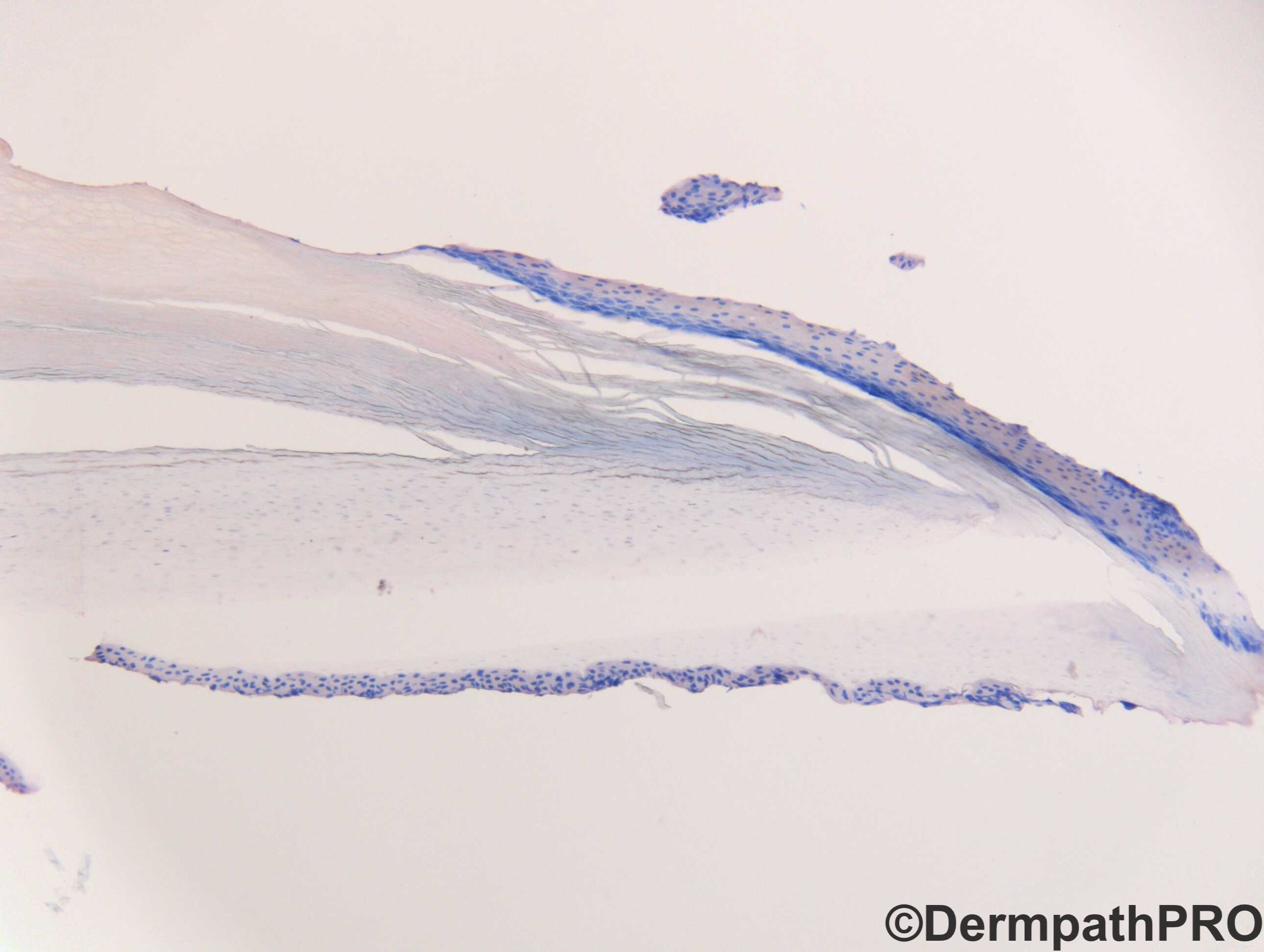

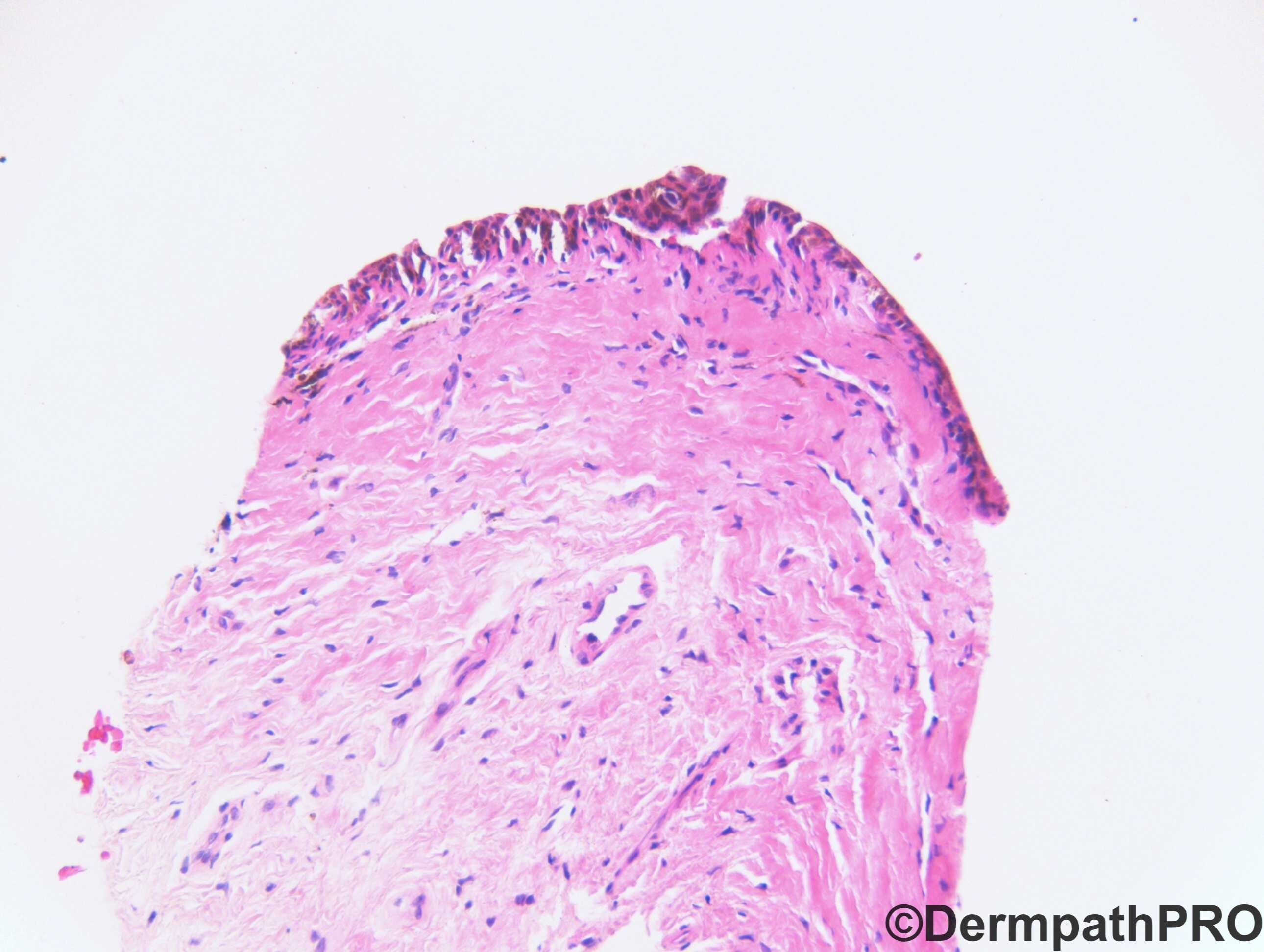

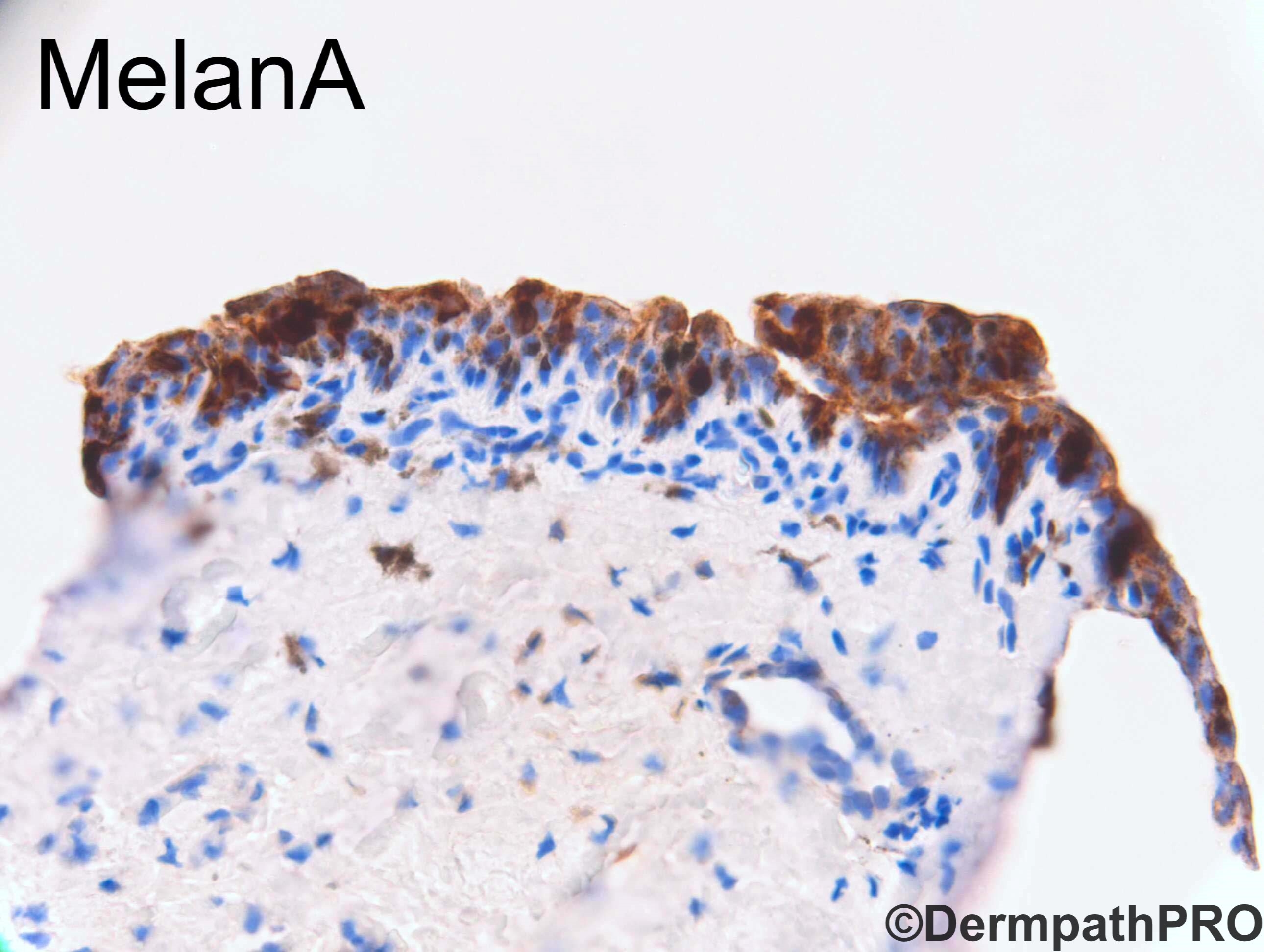
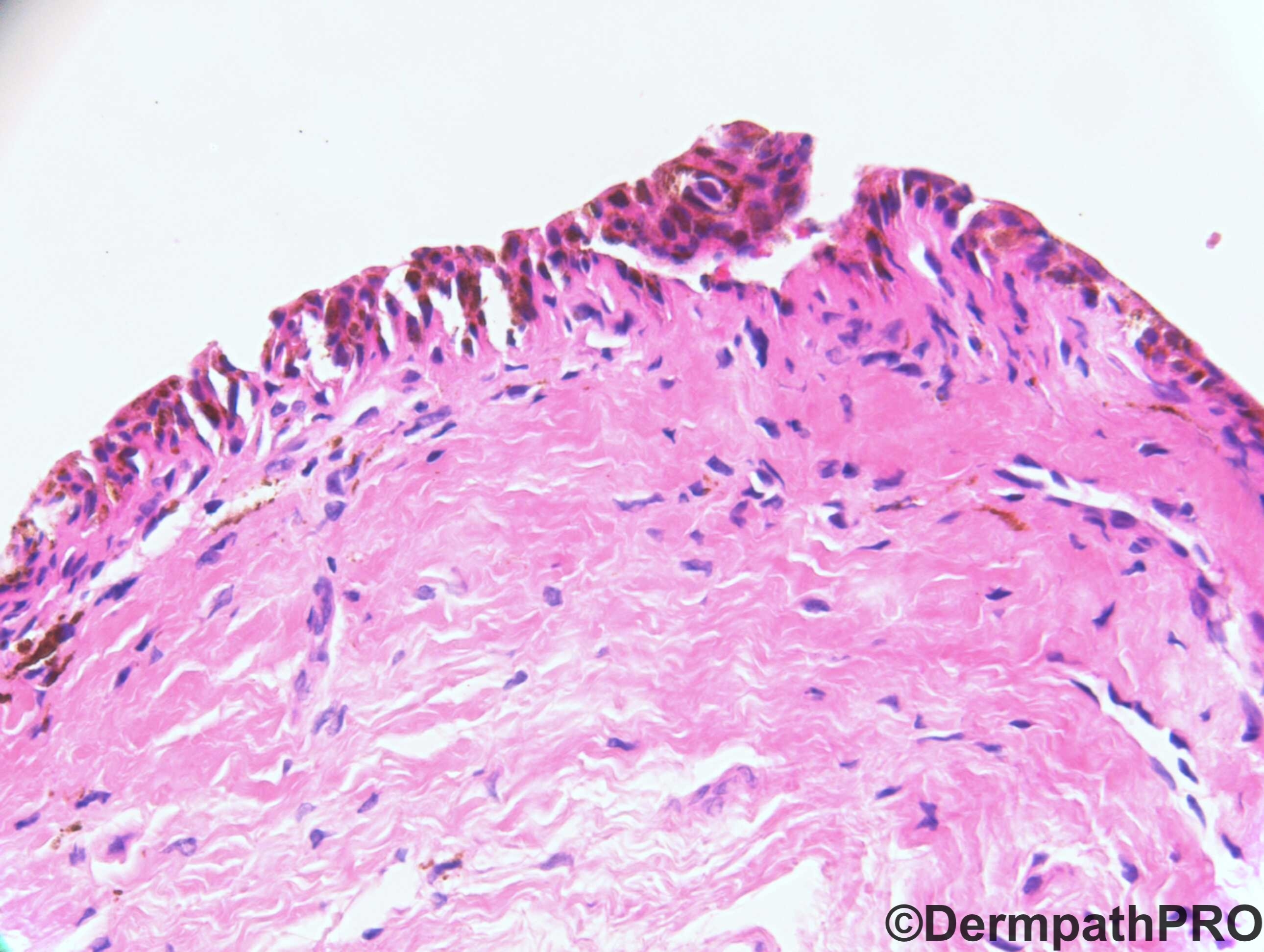
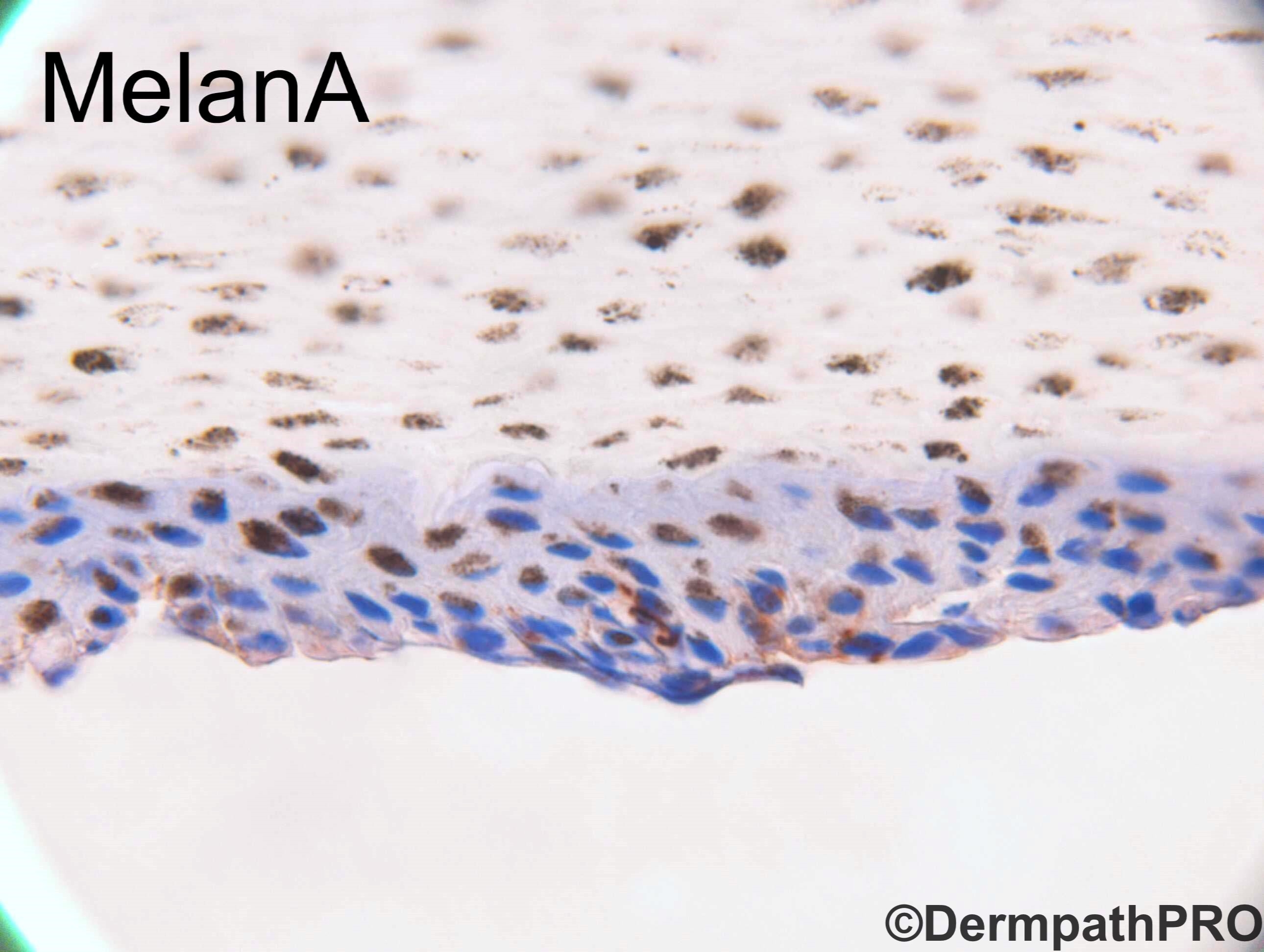
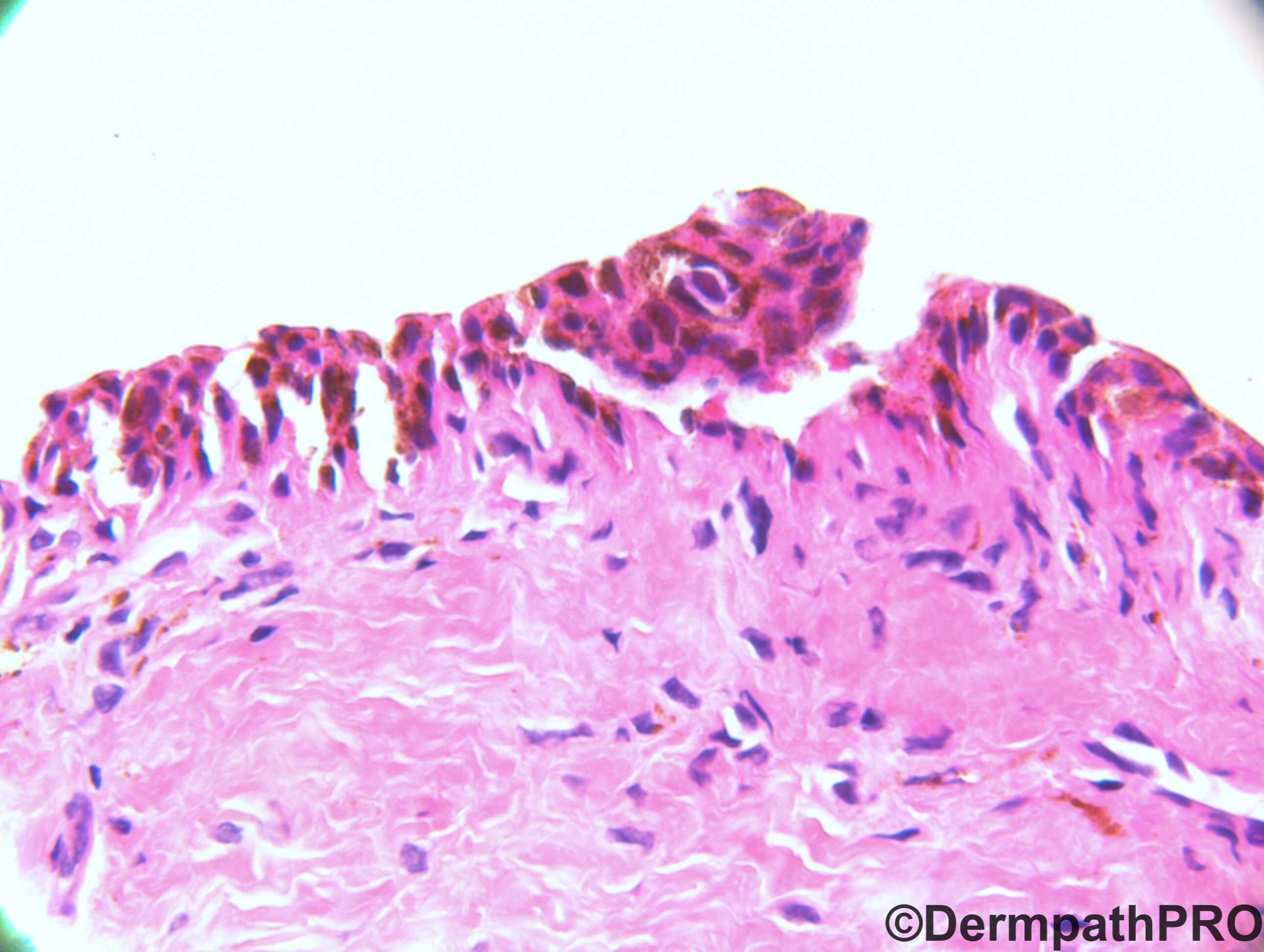
Join the conversation
You can post now and register later. If you have an account, sign in now to post with your account.